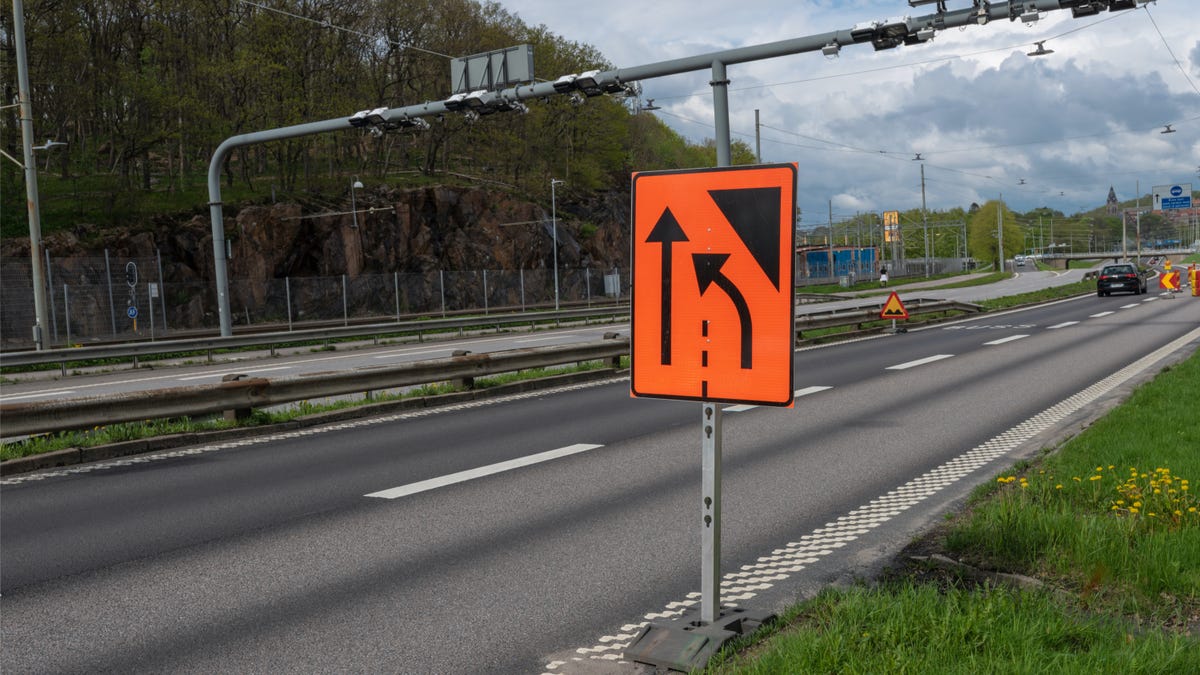‘I have never seen so many cases’: Volunteer doctors tackle horror of Pakistan flooding aftermath
Volunteers who have set up relief camps of their own tell Stuti Mishra about the challenges they are facing in helping the flood victims amid an outbreak of water-borne diseases

Hungry children surviving by drinking contaminated water, pregnant women waiting for treatment in relief camps and elderly people unable to find life-saving medicines – these are some of the heartbreaking scenes described by the volunteers helping millions of victims of the catastrophic floods in Pakistan.
Speaking to The Independent, those struggling to help at the epicentre of the disaster rued the minuscule amount of aid received so far compared with the massive scale of the crisis the vulnerable South Asian nation is suffering.
Official figures say the climate crisis-induced disaster has led to hundreds of thousands being forced from their homes, with estimated losses of about $30bn (£26bn), according to the Pakistan government, and disruption to the lives of more than 33 million people – one in seven Pakistanis.
The death toll has continued to rise steadily after crossing 1,300 at the start of this week, as the rain keeps falling. The number of people injured has risen from 1,500 to more than 12,700 and the number of homes damaged or destroyed from a million to 1.6 million.
But these numbers scarcely reflect the full scale of the crisis, according to the individual doctors and local organisations that have started setting up their own hospitals and aid camps in the absence of a coherent official response.
The floods have led to an outbreak of waterborne diseases such as cholera, malaria and dengue, along with snake bites, because many communities have had no choice but to live in stagnant waters.
“Pakistan is facing only the beginning of another wave of health-related crisis as people are basically forced to drink contaminated water from open sources, which has already resulted in thousands of cases of diarrhoea, skin and other diseases,” Arif Jabbar Khan, country director of WaterAid in Pakistan, told The Independent.
He added: “Malaria cases are rising so fast that that, in one district, health officials said they had run out of capacity to even test for the disease let alone treat it.”
Access to food and medical supplies has been almost entirely blocked in interior regions, where facilities were already scarce. Medical care has been in short supply in almost all areas, with 432 facilities destroyed and 1,028 partially damaged.
Flood-damaged or overflowing toilets, as well as broken and unprotected water sources, have exposed people to a litany of diseases, the doctors said.
“I have never seen so many cases of diarrhoea, dengue, skin diseases and eye infections,” said Mohammad Shakil, a cardiologist who is helping the patients at a temporary relief camp set up in the small town of Charsadda in Khyber Pakhtunkhwa province.
Although makeshift hospitals and relief camps have been set up by the government, people have been unable to travel because many areas are still underwater, forcing them to wait to seek medical attention.
And even those who can make it to the government shelters don’t necessarily get timely access to medical supplies and treatment.
Flood-affected people show their infected legs at Jindi village in the Charsadda district of Khyber Pakhtunkhwa
(AFP/Getty)
“There are dozens of people sharing the space in tents – even if you try to speak to each individual patient it takes a long time before you can check everyone,” Tariq Rashid, another volunteer doctor, said.
“We have been delivering medicine packages, but it is important to carry out medical check-ups to spot diseases before they get worse,” the doctor added.
Mr Shakil and Mr Rashid are two of the many people who have stopped their routine work in other parts of Pakistan to volunteer in the worst-affected areas, and who are becoming increasingly frustrated by the difficulties of coordinating the relief efforts.
Temporary tent housing for flood victims is organised by the Chinese government in Sukkur
(AP)
Abid Munir, a local Pashtun leader and rights worker, said the efforts remained largely unorganised and the government was partly to blame for the chaos.
“People are coming out in support and helping the victims, but no one knows how much and exactly what help is needed at each camp. Sometimes 10 people will show up to supply food, but the requirement might be a specific medicine,” he told The Independent.
Victims line up to receive relief aid organised by the Edhi Foundation
(AP)
The volunteers extending help at the camps say children, women and the elderly remain disproportionately affected by the crisis.
“Children have not developed suitable immunity – they are exposed to extreme situations without access to clean drinking water and healthy food for days,” said Dr Shakil. “It is clear that they will be the most severely impacted.”
At least 450 children have died so far.
A woman sits beside her newborn baby in a United Nations High Commissioner for Refugees (UNHCR) tent at a makeshift camp in Sukkur, Sindh
(AFP/Getty)
The living situation in relief camps remains a cause of concern as people continue to share small spaces with their livestock in cramped conditions, the volunteers said.
“Women have told us that they feel ashamed to defecate openly as they feel their privacy is being compromised, and they are eating less to try and avoid having to do so,” Sarah Akmal of WaterAid Pakistan told The Independent.
“Others are reporting having to use the same piece of cloth for up to seven days to manage their periods, resulting in infection and abdominal pains. All of this is having serious effects on their physical and mental health.”
The situation is particularly grave for women, with very few female doctors and midwives available at the camp. Most of the women from the region find it harrowing to share living space with strangers, particularly men. There are many women in this conservative country who would rather stay away from relief camps – and therefore lose access to medical services – as a result.
According to the United Nations Population Fund, there are 650,000 pregnant women living in flood-affected areas, including 73,000 who are expected to deliver in the next month.
People move from flooded areas to safer ground in Sehwan, Jamshoro district, Sindh
(AFP/Getty)
The situation is grim for those who couldn’t find space in these shelters and had to set up roadside tents, leaving them no other option but to wait for someone to bring them basic necessities.
“We rushed here at 2am when the floods came. Now we’re stranded,” Roaan Ali, one of the flood-affected victims, told a volunteer from WaterAid.
He added: “There’s no path to get out. We’re helpless and in desperate need of food. We have nothing. No hut to sleep in, no tent, nothing to eat. All our houses, our cattle, our wheat are drowned and underwater.”
Many had to flee the flooding with nothing, leaving their belongings to fate.
“The floods came in the middle of the night. We only had time to save ourselves. We are empty-handed, sitting under the sky. No help has reached us here,” lamented Samama Muhammad from Sindh province.
She added that “any help that comes their way is taken by the people at the roadside”.
“Helicopters are available to rescue the rich, but I had to hire a boat for 2,000 rupees to rescue my family,” 25-year-old Abdul Fahim, whose home flooded overnight, told Reuters, referring to a sum equivalent to $9.
People wade through floodwaters in the Jaffarabad district of Balochistan province
(AFP/Getty)
Khalid Waqas of the Alkhidmat Foundation says that, while local NGOs are trying to fill gaps, the government needs to bolster the rescue operation.
“Organisations like ours are trying our best to do what we can, but the bigger help still needs to come from the government,” he said.
Dr Shakil said the government should not stop at providing food but should also offer a holistic solution, including efforts to heal the mental trauma of flood victims.
“There are people who lost everything overnight – all their hard work, everything they built over the decades. Some others have lost close family members, witnessed deaths and survived hunger. You can’t expect your work to be done with some packets of emergency relief material.”
A boy waits to receive food packets provided by local authorities
(AFP/Getty)
Activists have demanded more from the government, but the nation is struggling with a crippling financial crisis. Pakistan has in recent months been facing dwindling foreign reserves and unprecedented inflation, and is coming out of political turmoil that saw its former prime minister ousted.
Meanwhile, it has faced back-to-back disasters such as heatwaves, droughts and now floods made worse by a climate crisis that the country had almost no role in creating.
Officials said it would take decades for Pakistan to rebuild what has been lost. And for a large number of people, life might never be the same again.
“We have had extreme heatwaves directly followed by extreme flooding. This is climate blow upon blow. In the past week, the floods have kicked off a public health emergency and a displacement emergency,” Mr Khan of WaterAid said.
“With two months to the Cop27 [UN summit on climate change], this latest climate tragedy needs to be taken as a wake-up call to the world. Pakistan cannot continue to be at the receiving end of the world’s inability to address the climate crisis. The world must take action now.”

 UsenB
UsenB 
































